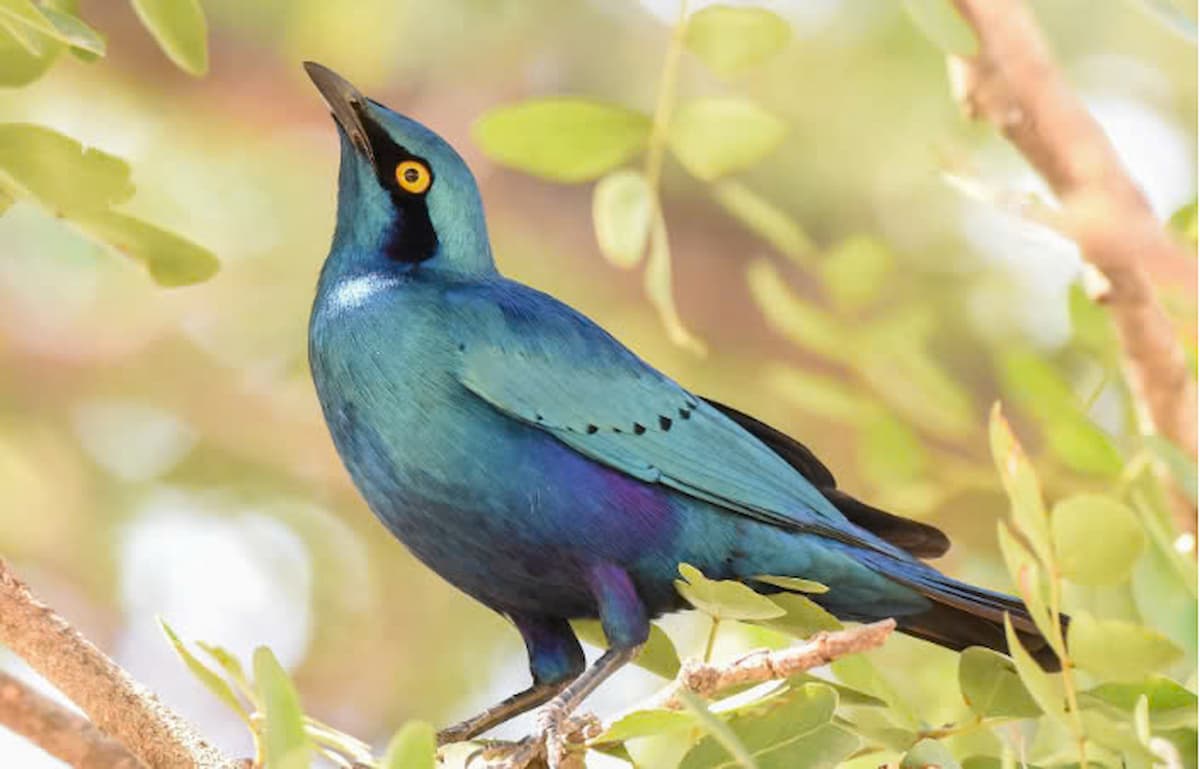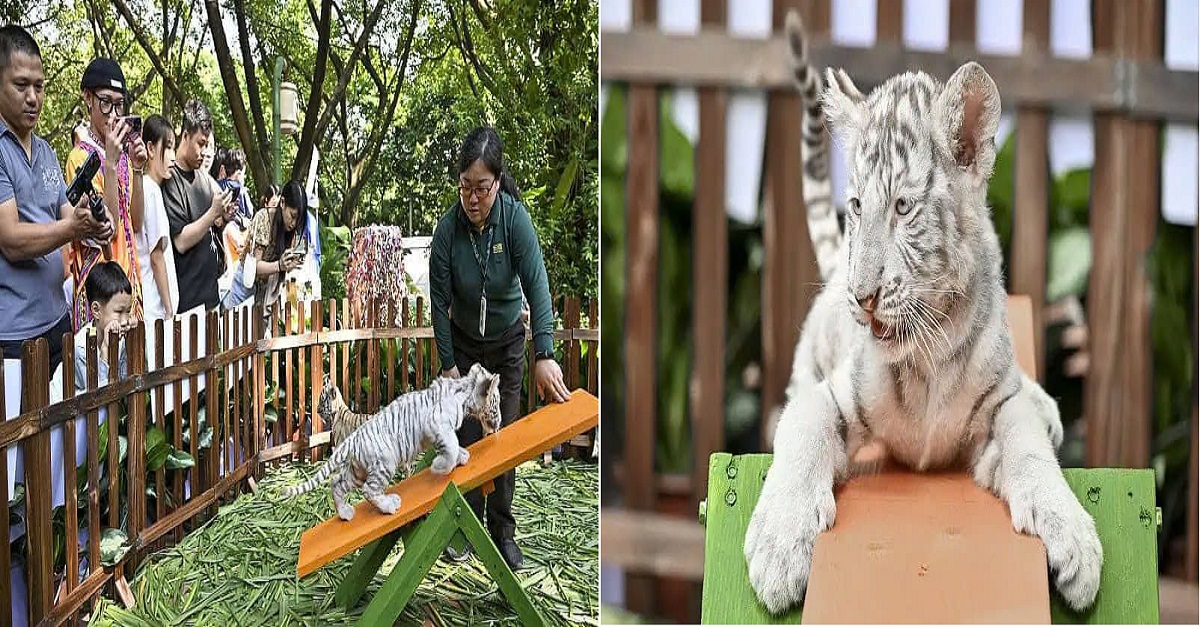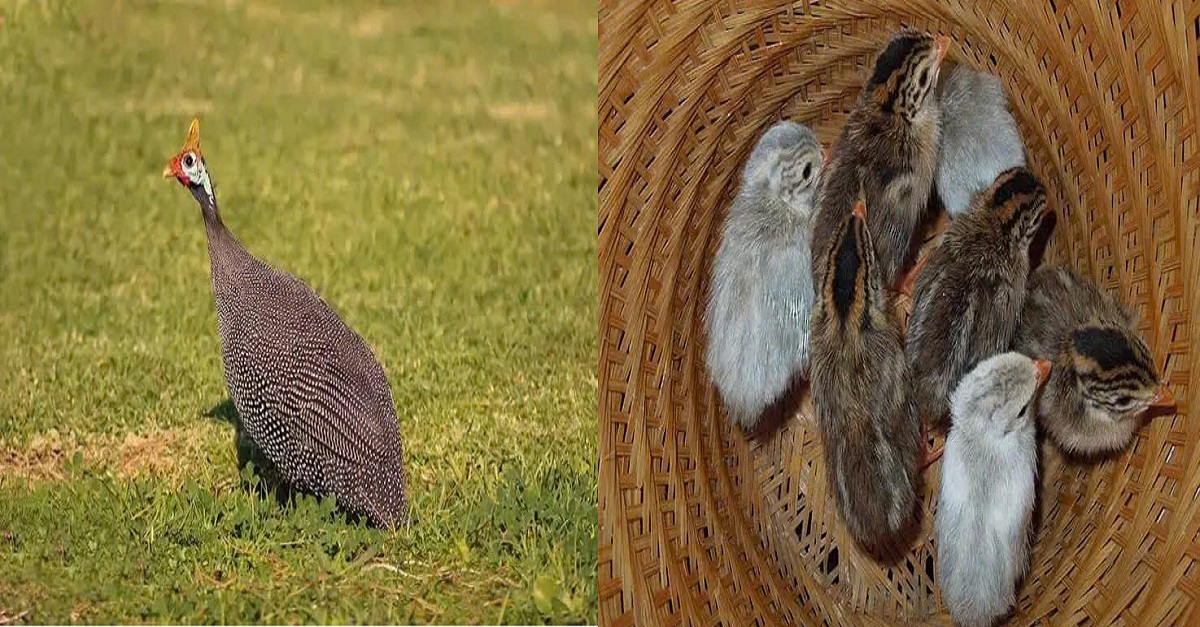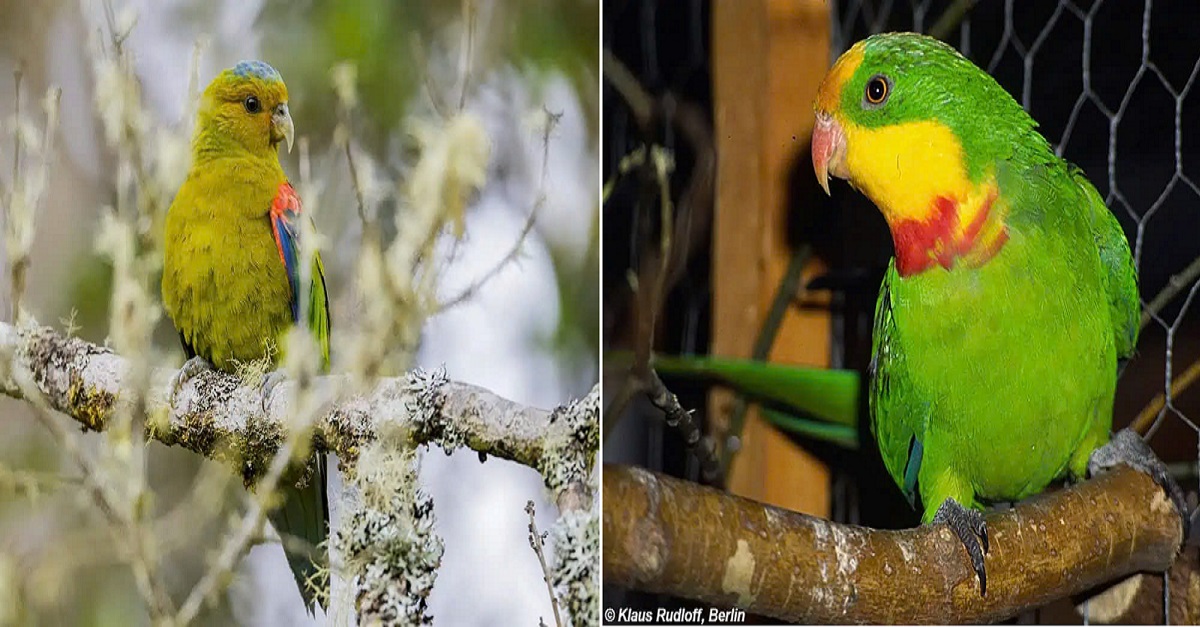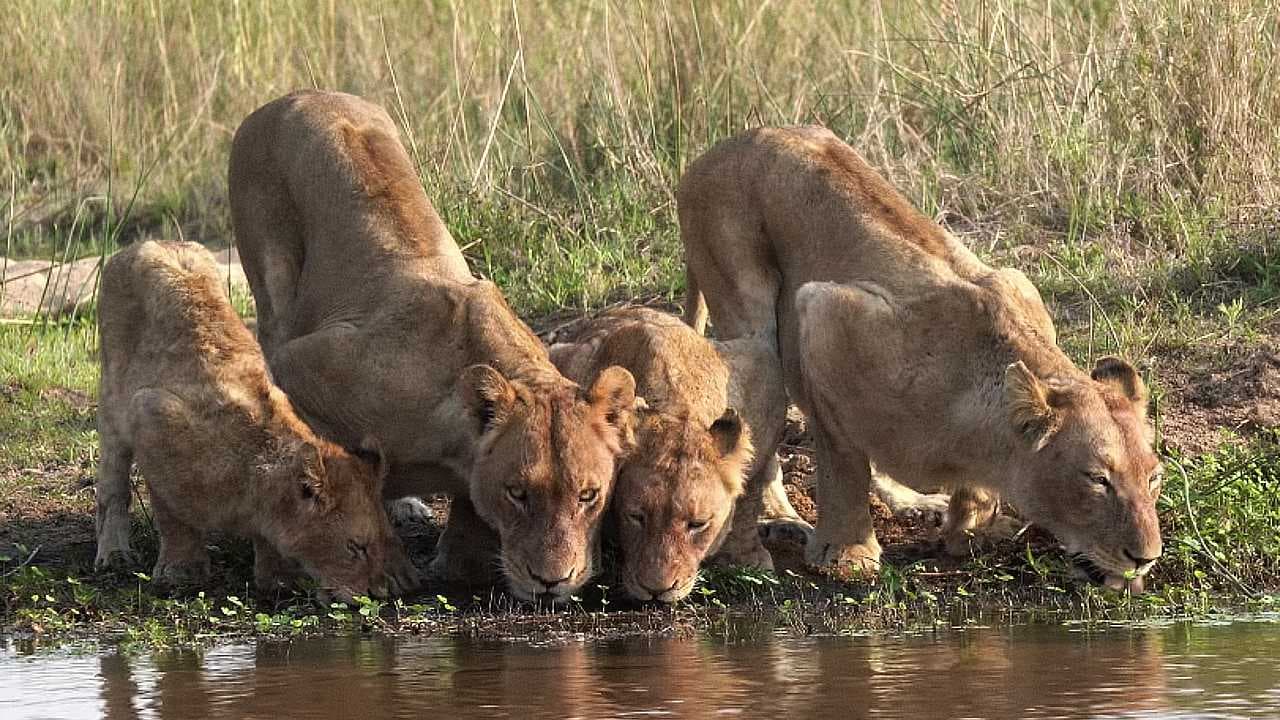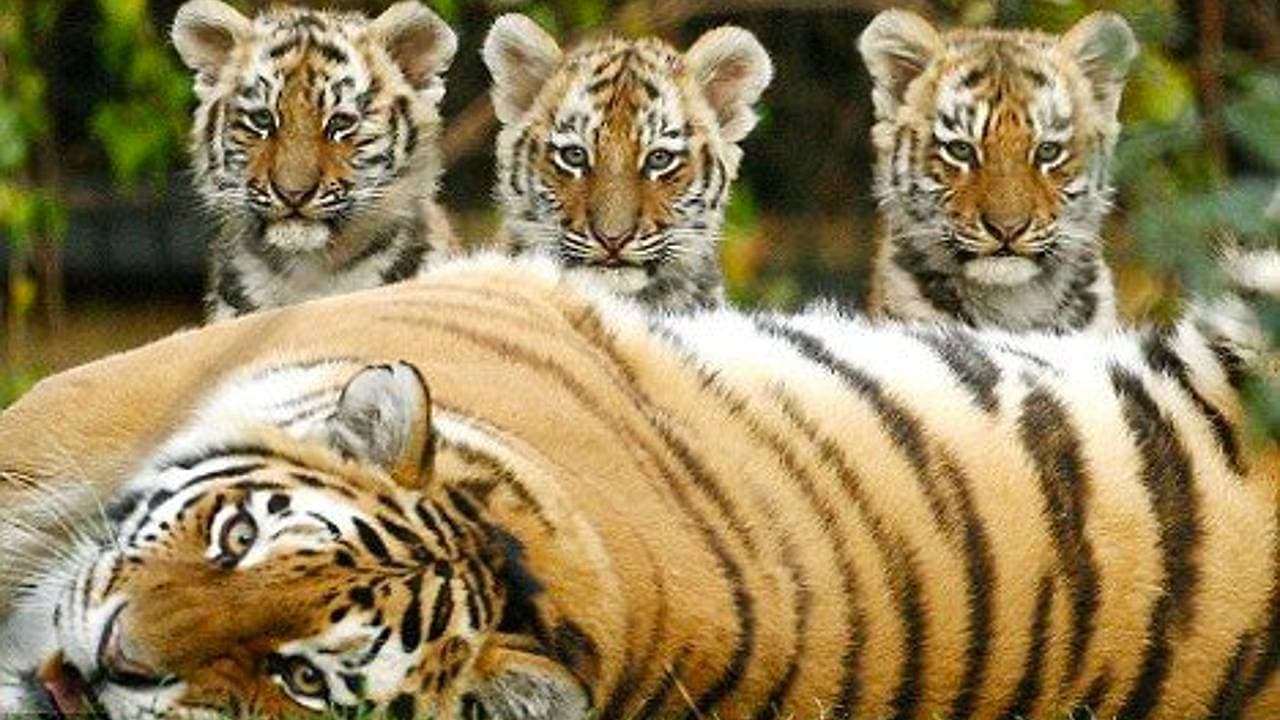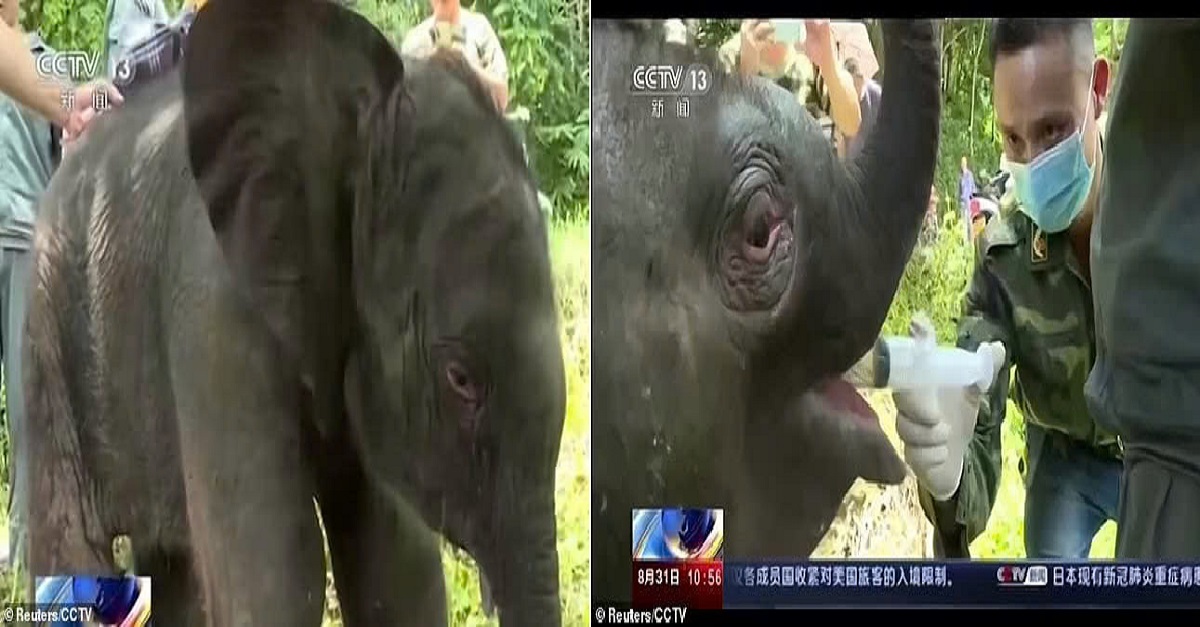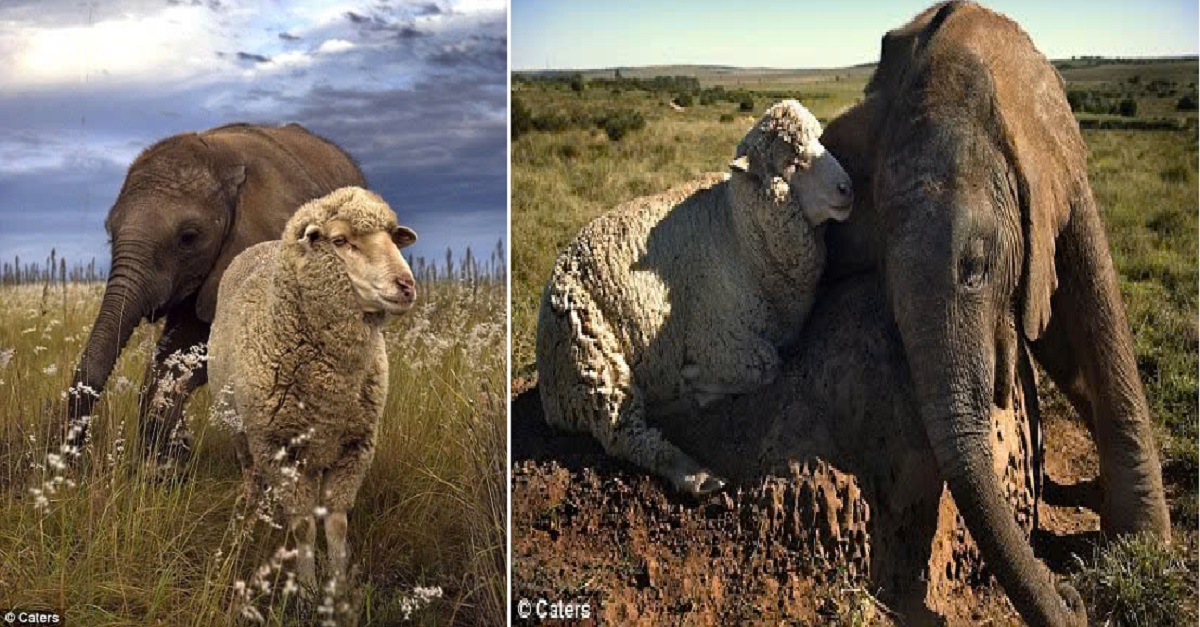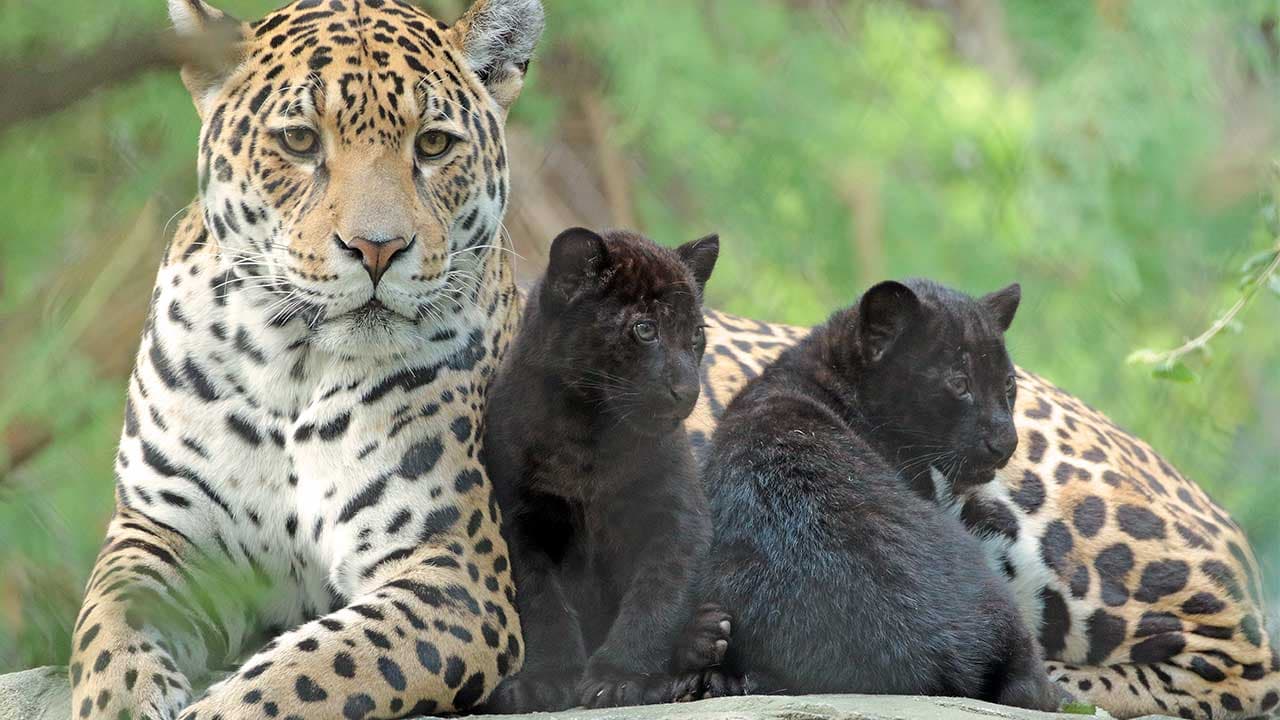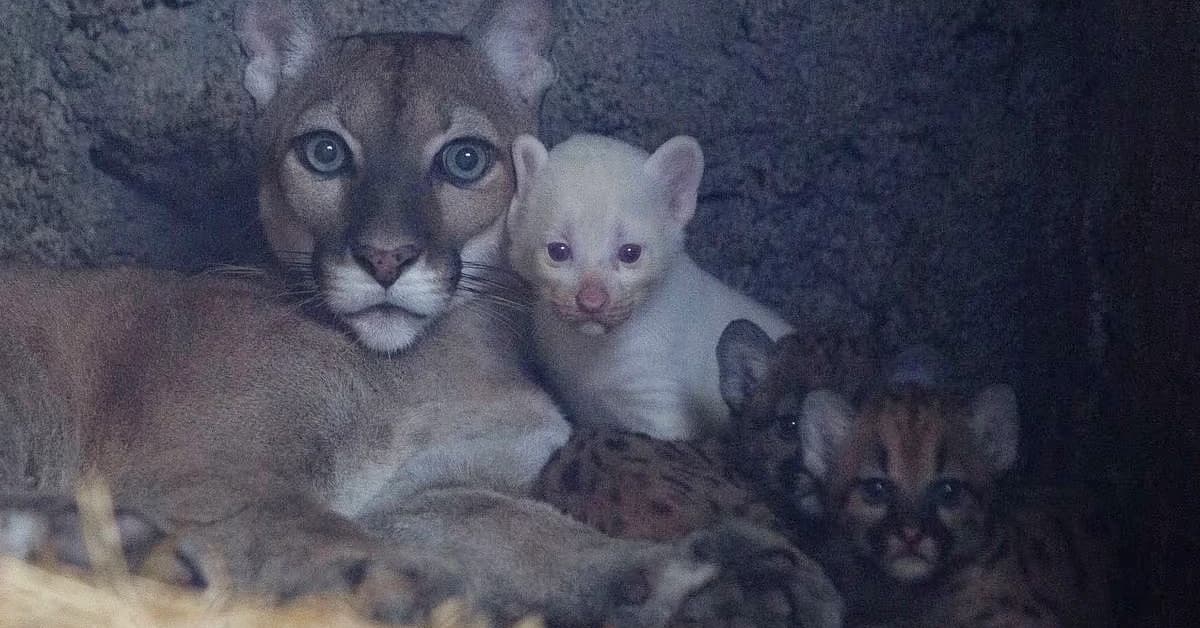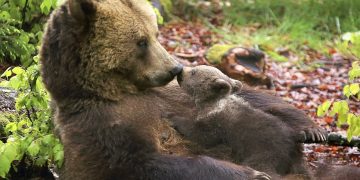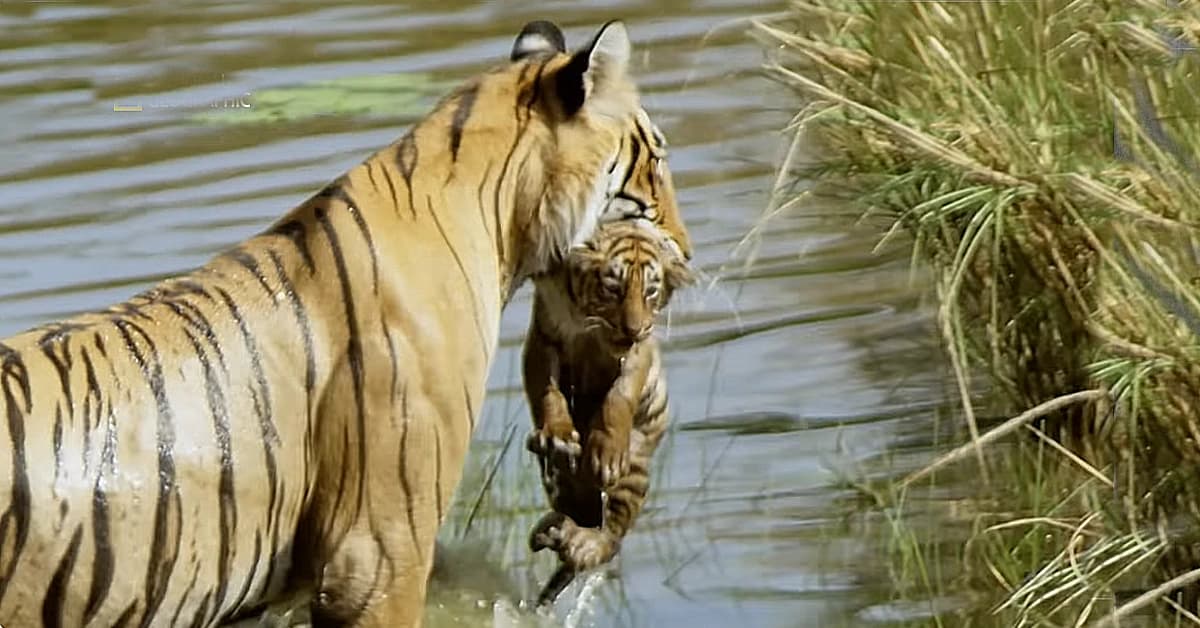
Tiger cubs in the wild embody a remarkable blend of innocence and innate instincts. These young felines, typically born in litters ranging from two to four cubs, are heavily dependent on their mothers for care and survival during their early months. In the first stages of life, they rely on her for food, warmth, and protection from the many dangers that exist in the wild. This period is crucial as they begin their early development, growing stronger and more aware of their surroundings. The bond they share with their mothers is deep and vital, and she remains their primary source of guidance and security throughout these formative months.
As they begin to grow and their strength increases, tiger cubs start to venture out and explore their environment. Their natural habitat, often consisting of dense forests, grasslands, or bamboo thickets, is both a playground and a training ground. This lush environment provides an abundance of challenges and opportunities for learning. The cubs practice climbing trees, swimming in streams or rivers, and stalking prey. These activities are not just fun—they are essential for their survival. They learn how to move stealthily and observe their surroundings, which will serve them well as they eventually become skilled hunters themselves.
The cubs’ playful interactions with one another play an important role in their development. These interactions help them to establish a social structure, as they begin to understand roles and hierarchies within the group. Through play, they also develop coordination and hunting skills, crucial for later survival. Their mother encourages this behavior, teaching them the importance of patience, stealth, and the need for cooperation in hunting. As the cubs grow older, these skills become more refined, and they gain a deeper understanding of the world around them.
The mother’s role remains indispensable throughout this period of learning. Not only does she continue to provide nourishment, but she also teaches them the art of the hunt. She leads by example, demonstrating how to stalk prey, the importance of stealth, and the strategy behind every successful hunt. The cubs watch carefully, learning to mimic her actions and becoming more proficient in their movements. Their mother, although protective, begins to allow them more independence as they reach a certain age, gradually preparing them for the day they will leave her side to establish their own territories.
The journey of these tiger cubs is one of constant growth, learning, and preparation for life as apex predators. Every day spent exploring, playing, and learning is a vital step toward their eventual roles in the wild. They are not only growing physically stronger, but their minds are also sharpening as they develop the critical survival instincts that will allow them to thrive in their natural environment. Their time with their mother, the lessons she teaches, and the experiences they gain from their surroundings all contribute to the fierce, skilled predators they will one day become.
In the end, the story of tiger cubs in the wild is one of nurturing and relentless learning. It is a fascinating process that combines the love and care of their mother with the natural instinct to survive, adapt, and ultimately master the skills necessary to reign over their territories as apex predators. The wild offers them challenges, but it also provides the tools they need to succeed and thrive, ensuring the survival of their species for generations to come.

